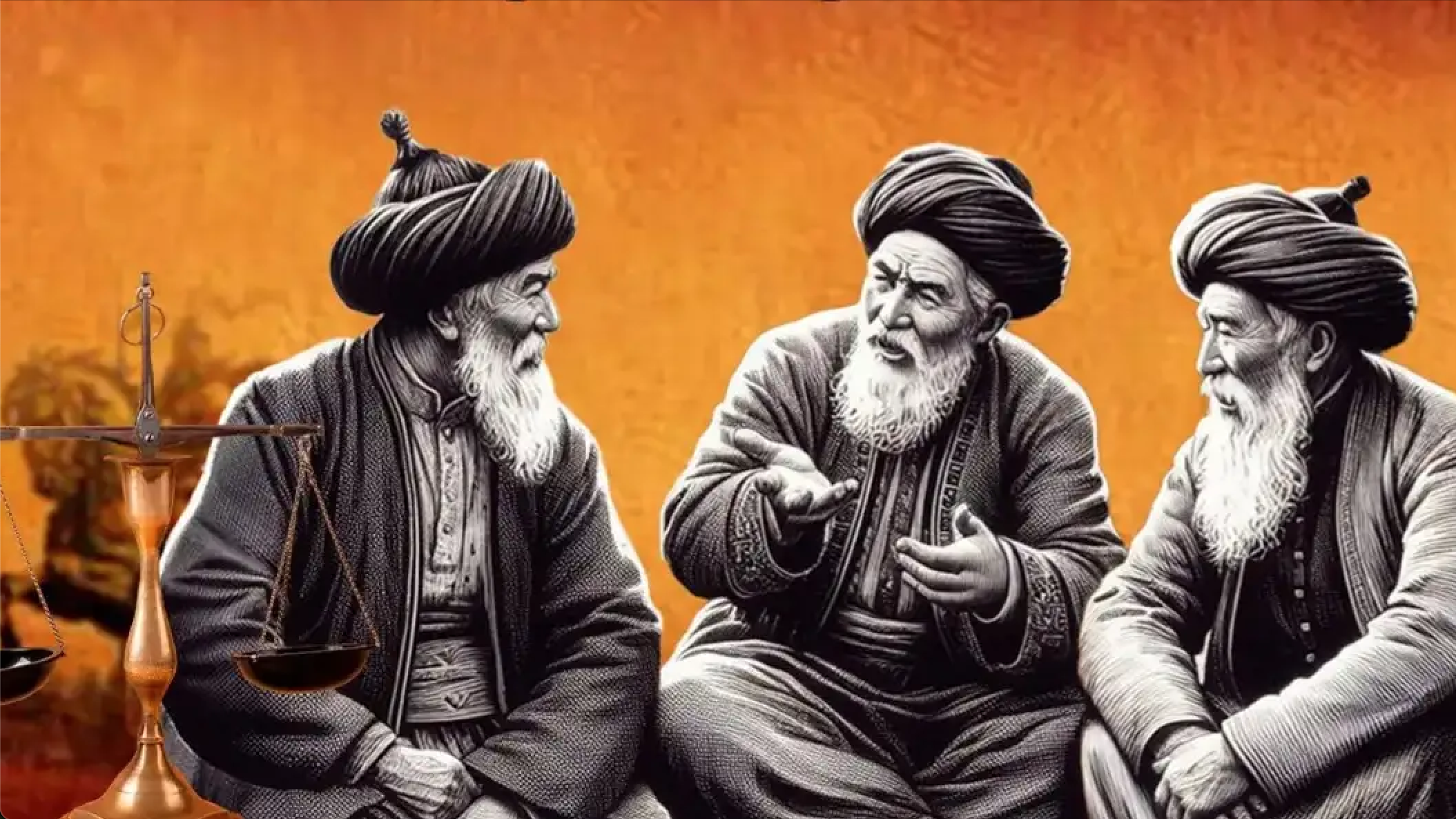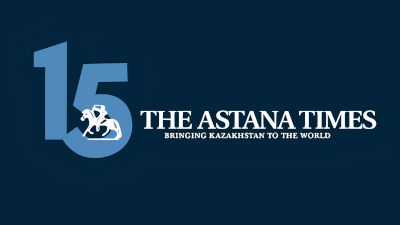ASTANA—Kazakh steppe laws, rooted in justice and equality, governed social and legal relations in the Altai region, including Kazakh communities in China and Mongolia, until the mid-20th century. These laws preserved a legacy of fairness and self-governance across centuries.

How ancient steppe laws shaped Kazakh communities in Altai for centuries. Photo credit: Kazinform.
Origins of Kazakh legal traditions
The Kazakh legal system dates back to ancient times, shaped by the nomadic lifestyle and evolving through generations. The judiciary, rooted in spiritual values and a commitment to justice, prioritized the authority of khans (the title for a ruler used by nomadic and semi-nomadic groups), ensuring fair governance.
The laws of the Kazakh Khanate categorized disputes based on their nature, including land disputes, lawsuits concerning widows, compensation cases for murder, conflicts over livestock and matters of personal honor.
The foundational texts of Kazakh law include ‘The Bright Path of Kasym Khan’ (1511-1524), ‘The Ancient Path of Yesim Khan’ (1598-1628), and ‘The Seven Regulations of Tauke Khan’ (1678-1718), and ‘The Laws and Rules of the Four Biys (Judges) and Tore’ (1836). These principles guided the development of later legal norms.
Structure and history of the Four Biys system
The history of this code’s emergence reflects the complex political and social dynamics of the Kazakhs in the Altai region. This area, a section of the Altai Mountains located in present-day China, has long been part of the Kazakhs’ traditional nomadic lands. The last significant migration of Kazakhs to this region occurred in the mid-18th century, during the reign of Abylai Khan.
Isolated from the rest of the Kazakh khanates and facing challenges in governance, Kazakhs in Altai sent a 60-person delegation, led by Tauasar Bi, to Sultan Abilpeis, a descendant of Genghis Khan. They requested that Abilpeis appoint one of his sons as the ruler of the Kerey tribe, and he agreed by appointing Kogedai, the son of his second wife, Tumar Khamin.
In 1790, as the Altai region became part of the Chinese Empire, the biys of the Kerey tribe dispatched Kogedai to the Manchu khanate (under Yezhen Khan) in Beijing, where he was granted the title of Goon (prince).
Following Kogedai’s death in 1820, his son Azhy Tore was elected to succeed him as ruler of the Abak-Kerei. However, Azhy struggled to govern as effectively as his father. By 1836, recognizing that a single Genghisid (descent from Genghis Khan) could not manage the administration of 12 Abak-Kerei clans, the Kazakhs elected four biys from among their clans. Since then, governance in the Altai region has been shared between one Goon and his four biy subordinates.
This governance model combined traditional Kazakh laws with Sharia principles to address the tribe’s evolving needs. The code consisted of 17 sections and 35 articles, addressing diverse issues such as land disputes, compensation for crimes, inheritance and taxation.
Researchers regard “The Law of the Four Biys and the Tore” as the earliest legislation among the principal Kazakh legal codes. It was rooted in the principle of equality, treating the ‘white bone’ (nobility) and ordinary people as equals, without discrimination based on origin.
Under the governance of the Qin Empire, Kazakhs were granted relatively free conditions. The government required them only to protect borders, maintain order, fulfill essential state tasks and abstain from interference in the internal affairs of Kazakh society.
Key Provisions of the Code
The legal framework prioritized compensation over retribution, replacing the ‘blood for blood’ rule with fines for offenses.
For instance, the murder of a man required compensation of 200 horses, while the murder of a woman necessitated 100 horses. In inter-tribal cases, the offender’s family bore full responsibility for payment. If an animal caused a death, it was confiscated as compensation, with no additional payment required. However, if a horse tied near a yurt door killed or injured a child, the horse’s owner was held liable. The owner was not responsible if the horse was tied in a designated area.
Specific rules applied to women. If a married woman killed or was killed, her family paid or received compensation. Similarly, in cases of miscarriage or premature birth caused by someone’s fault, the responsible party owed ten sheep and five cows.
Repeat offenders, such as thieves, could be disowned by their families, who then forfeited any claims or responsibilities for their actions.
Inheritance laws prioritized sons but allowed daughters to inherit if both parents died without leaving sons. If daughters were married, they shared estates with the father’s relatives. Daughters generally did not inherit cattle but could receive household items or clothing, as they were traditionally given a dowry when married. If no children survived, the property passed to relatives up to the seventh generation.
Clan leaders had broad responsibilities, including ensuring the well-being of their people, protecting their honor, aiding those in need and caring for older people and those with disabilities. They were also tasked with assisting outsiders seeking refuge, granting them protection and integrating them into the community when requested. Refugees were considered kin, and the clan assumed responsibility for paying or receiving compensation in cases of murder.
Hospitality has been an essential cultural value, requiring hosts to provide food, shelter and respect. Guests often departed with gifts, such as a horse.
Rules also governed possessions that symbolized dignity, such as weapons, horses and hunting birds. Theft required significant compensation, while disputes over prey during hunts were resolved by custom, often favoring the elder present.
The article was originally published on Kazinform.


